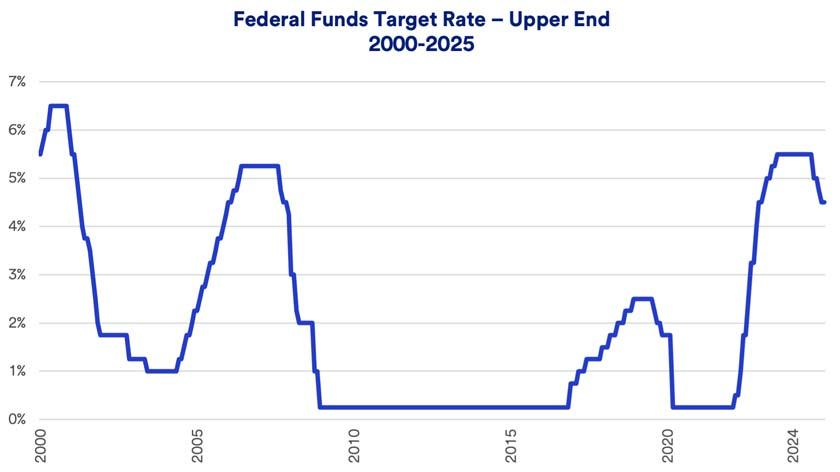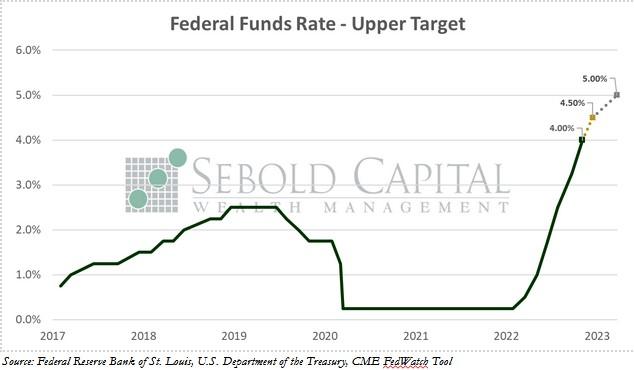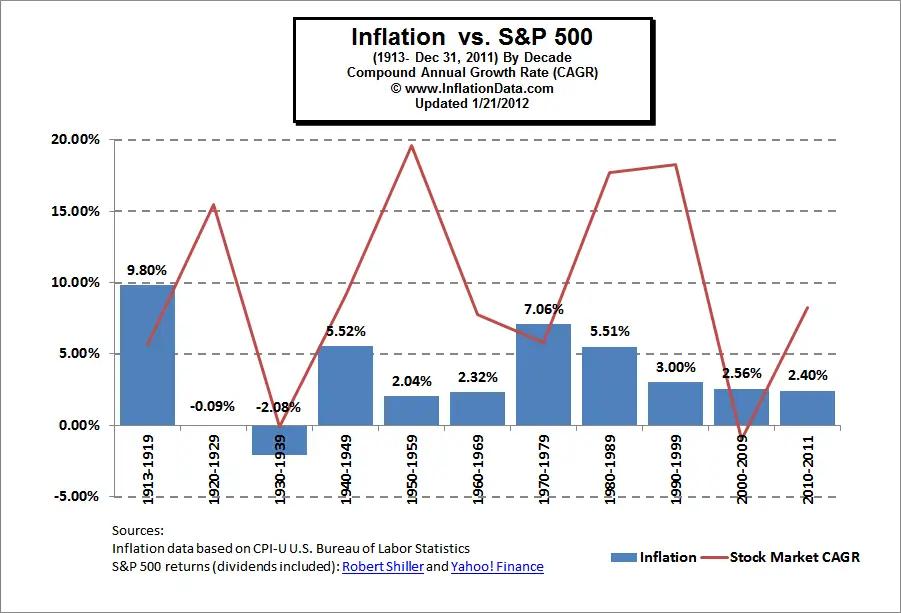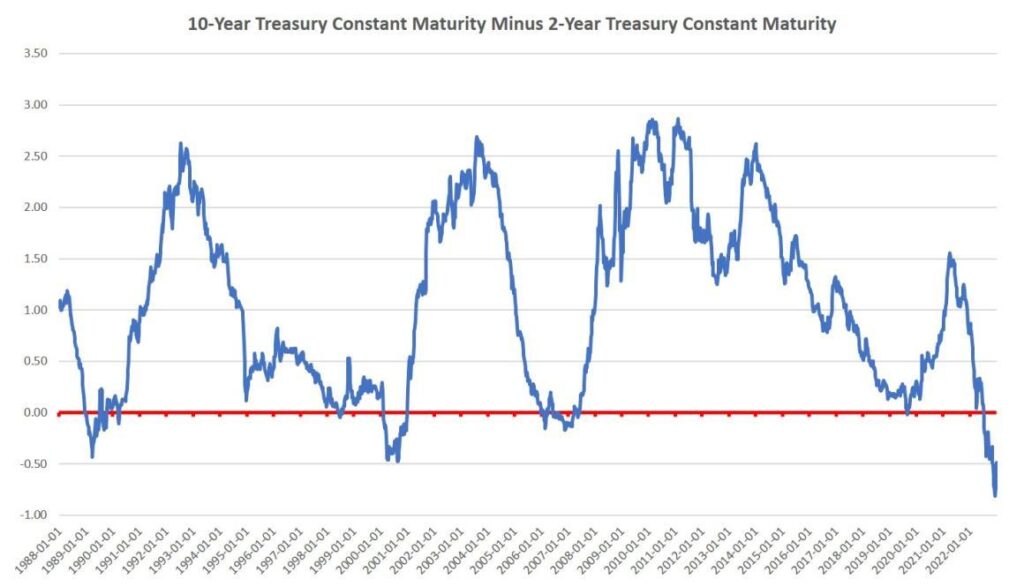In the high-stakes arena of American finance, where titans of banking clash and economic currents shift like desert sands, a new chapter unfolds. As the Federal Reserve’s stress tests serve as a crucible of financial resilience, the nation’s largest banks have emerged not just unscathed, but emboldened. With calculated precision, these financial giants are now signaling strength through increased dividends and strategic share buybacks, transforming regulatory scrutiny into a canvas of investor confidence. This is more than a quarterly report—it’s a statement of economic fortitude in an uncertain landscape. The nation’s financial giants have flexed their fiscal muscles,signaling robust health and shareholder confidence following rigorous Federal Reserve stress tests.JPMorgan Chase, Bank of America, Wells Fargo, and Citigroup collectively demonstrated remarkable financial resilience, prompting immediate strategic moves to reward investors.
Recent regulatory evaluations revealed these banking behemoths possess considerable capital buffers capable of withstanding severe economic downturns. The stress tests, a critical annual assessment, simulate extreme economic scenarios to gauge institutional financial stability. This year’s results painted an overwhelmingly positive picture of the banking sector’s strength.
Responding to these encouraging outcomes, major banks wasted no time announcing enhanced shareholder returns. Dividend increases and substantial share repurchase programs emerged as primary strategies to capitalize on their strong financial positioning.Investors anticipate meaningful returns as banks leverage their robust capital reserves.
JPMorgan Chase led the charge, revealing plans to boost quarterly dividends and initiate a significant $30 billion share buyback program. Bank of America followed suit, incrementally raising its dividend and authorizing an notable $4.5 billion stock repurchase. Wells Fargo and Citigroup similarly unveiled strategies designed to provide direct value to shareholders.
These financial maneuvers reflect more than mere corporate strategy; they represent a broader narrative of economic recovery and institutional confidence. The banking sector’s ability to withstand hypothetical extreme economic challenges suggests underlying systemic resilience,a crucial indicator of overall economic health.
Market analysts interpret these developments as a positive signal, suggesting banks have successfully navigated post-pandemic financial complexities. The ability to increase shareholder returns while maintaining substantial capital reserves demonstrates sophisticated financial management and strategic planning.
The Federal Reserve’s stress testing methodology continues to play a crucial role in maintaining financial system stability. By subjecting banks to rigorous hypothetical scenarios, regulators ensure institutions maintain adequate capital and risk management protocols.
Investors and financial experts are closely monitoring these developments, viewing them as potential indicators of broader economic trends. The banks’ confident approach suggests optimism about future economic conditions, despite ongoing global uncertainties.
As financial institutions continue to adapt and strategize, these dividend increases and share buybacks represent more than simple corporate decisions. They symbolize a complex interplay of regulatory oversight, institutional strategy, and market dynamics, ultimately reflecting the intricate landscape of modern financial ecosystems.









Trump: ‘I have a Fed person who is not really doing a good job’